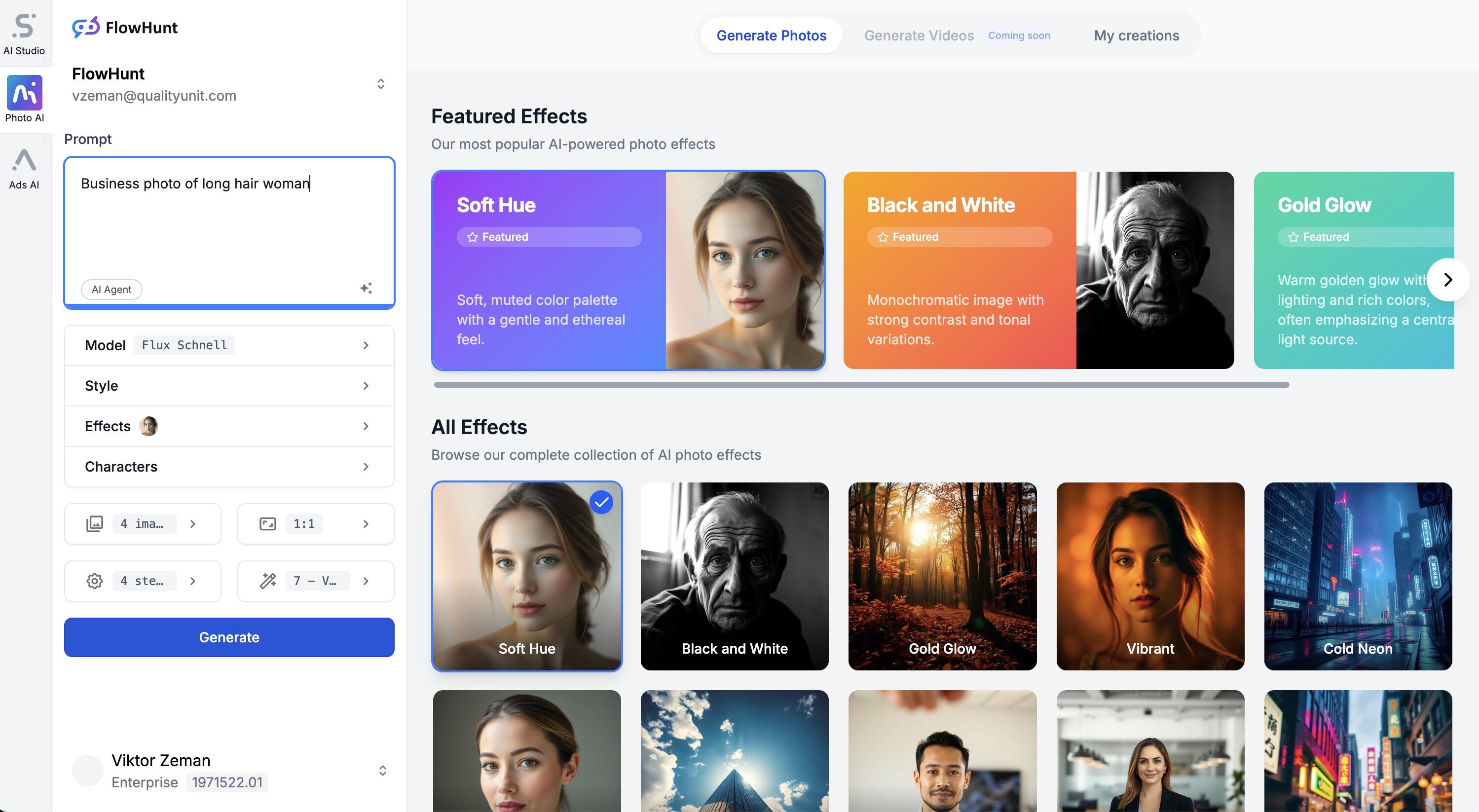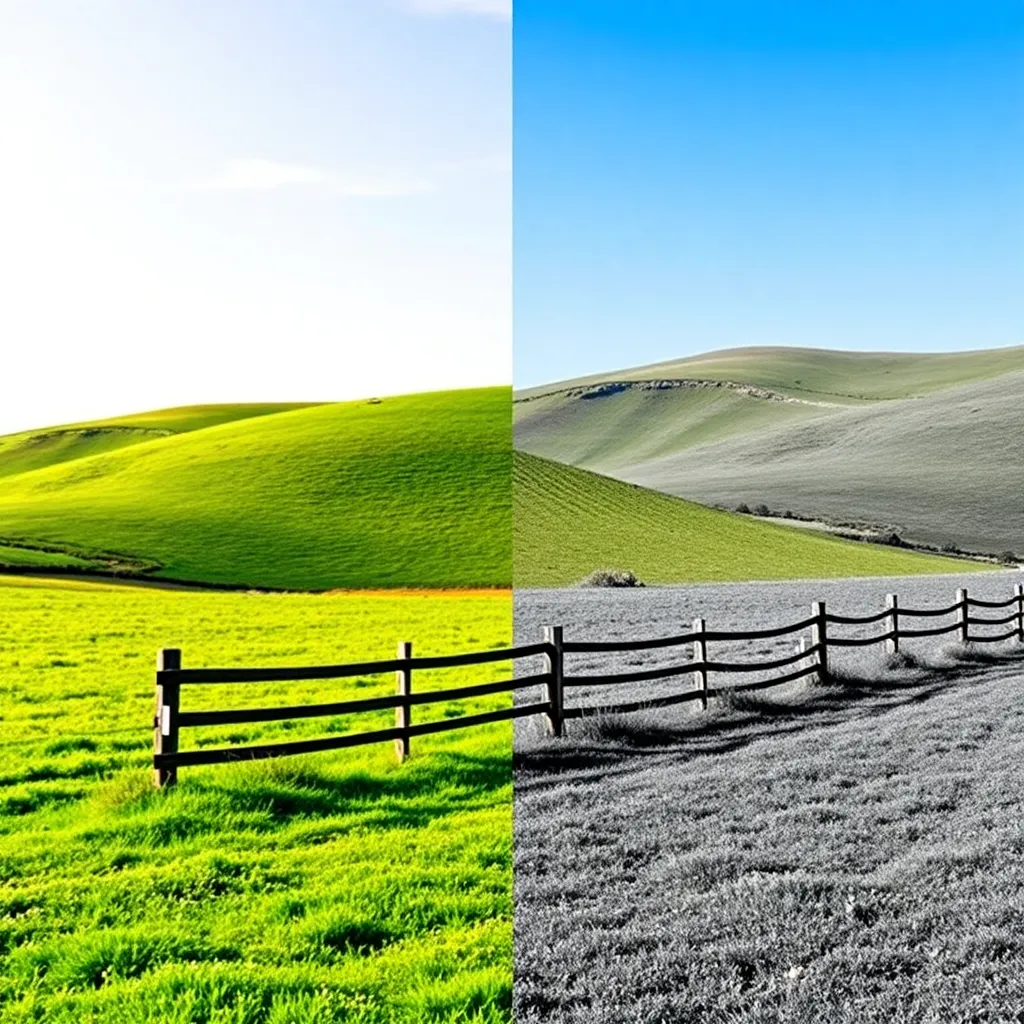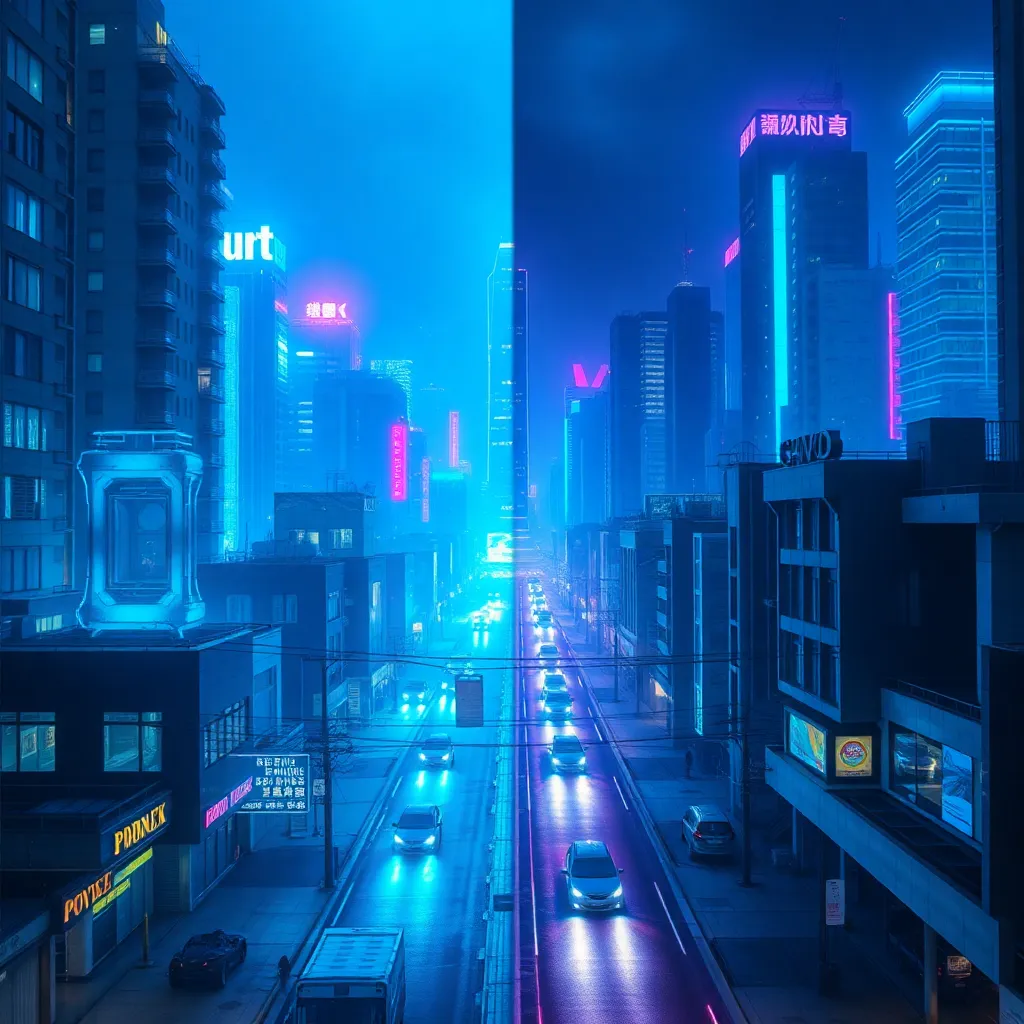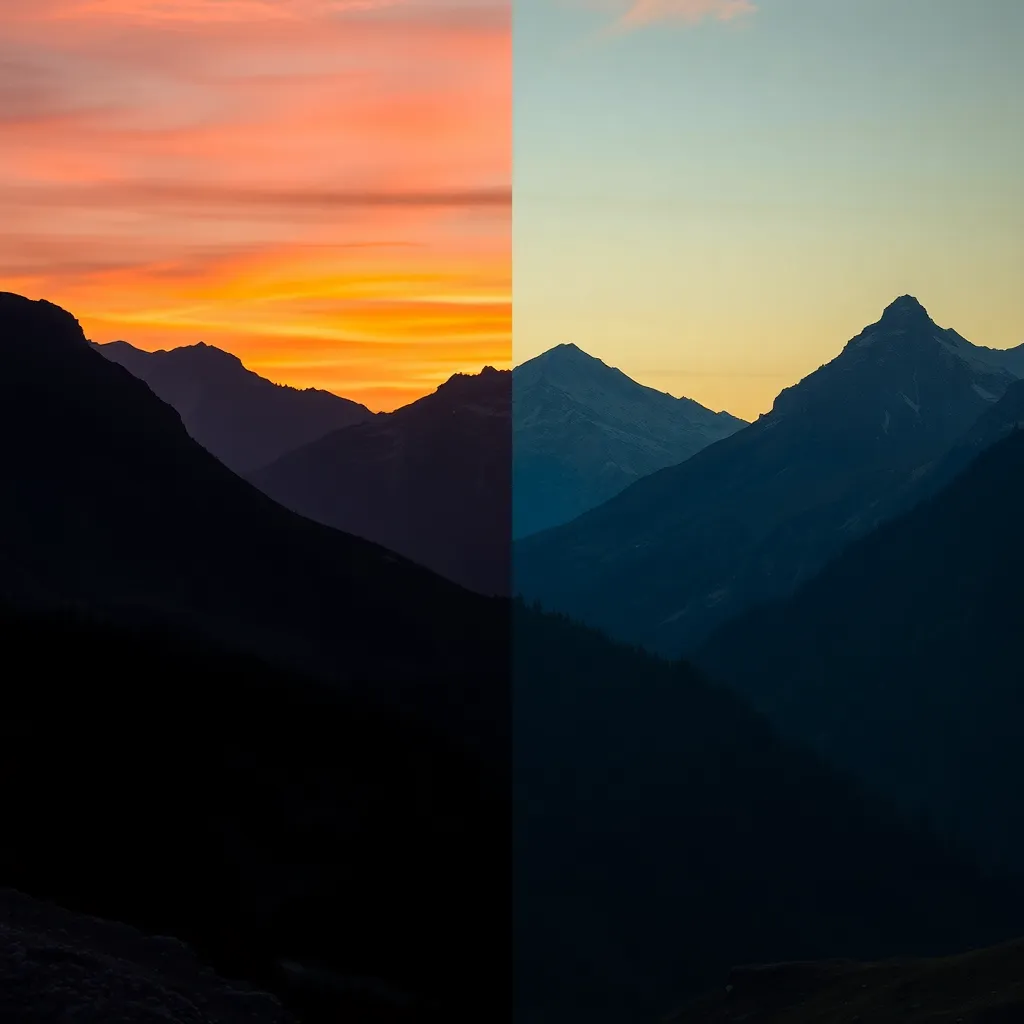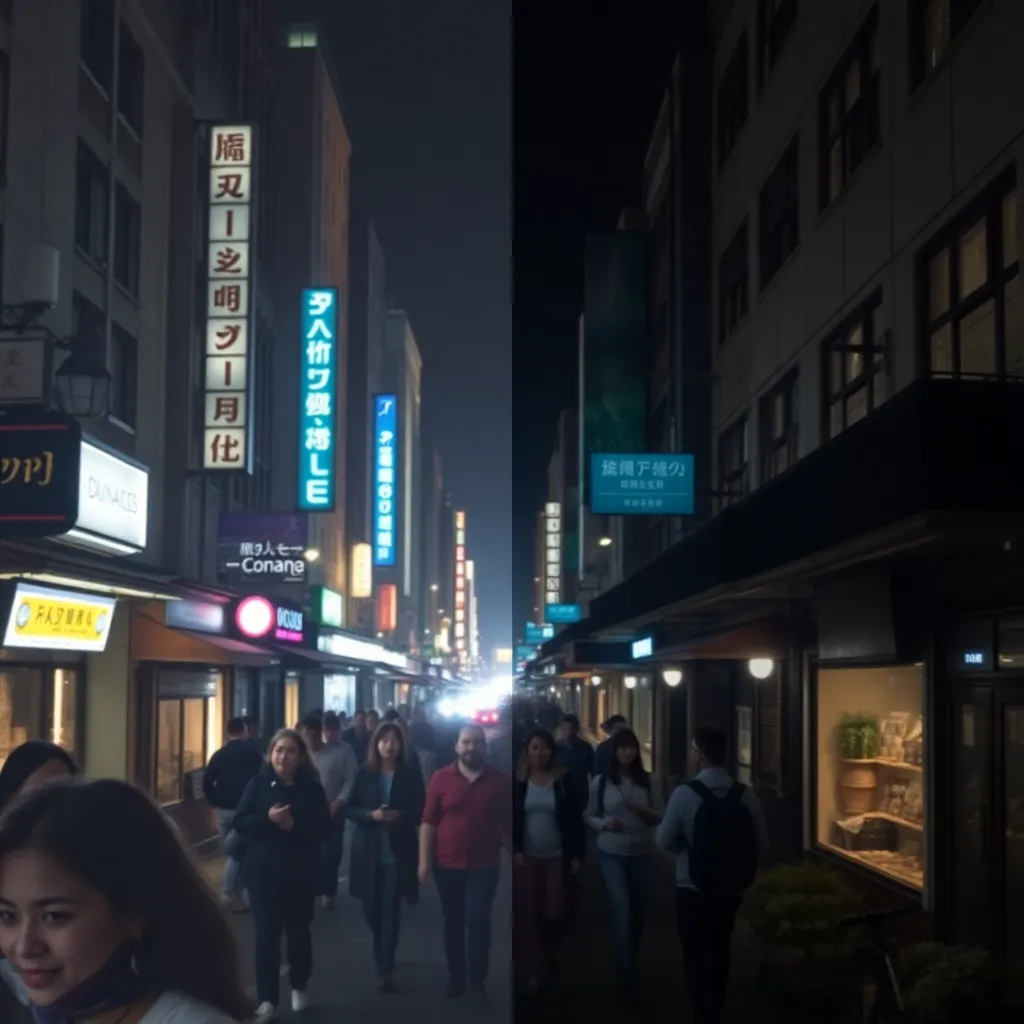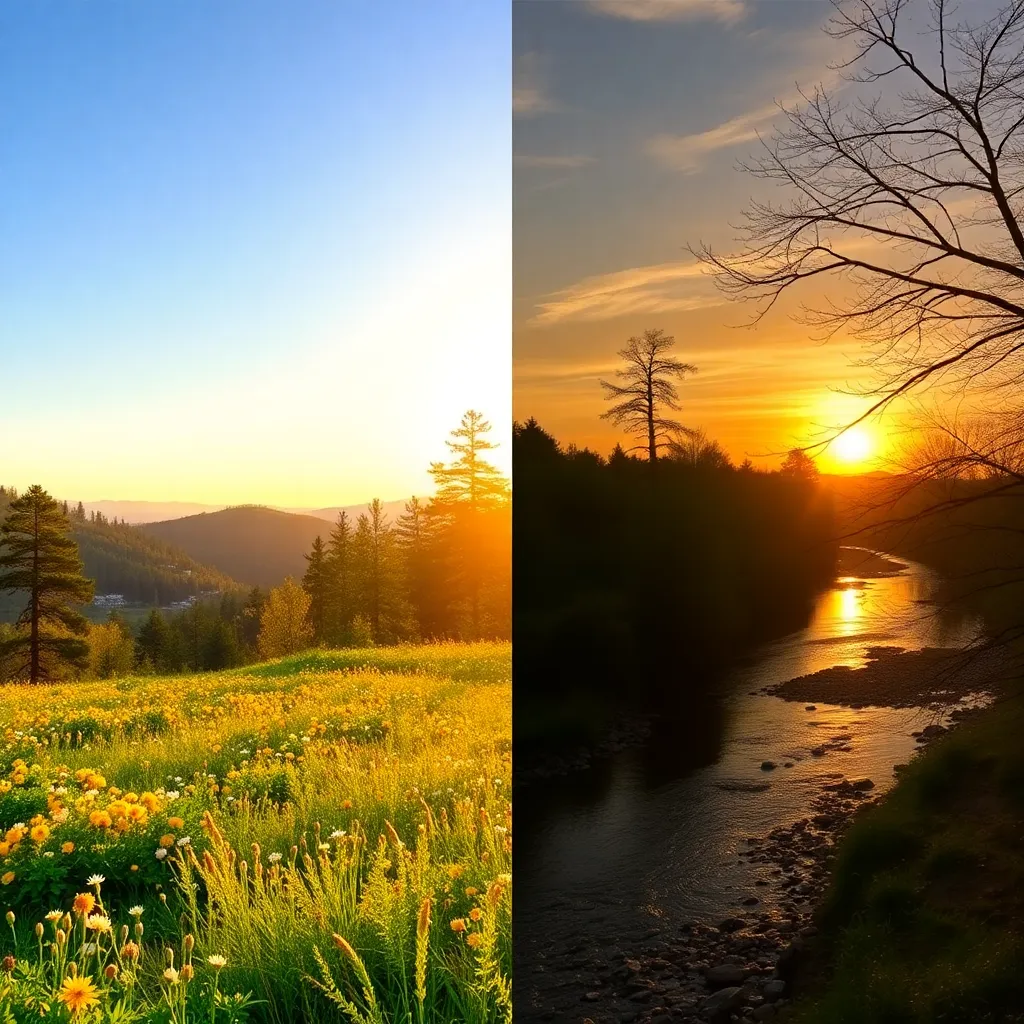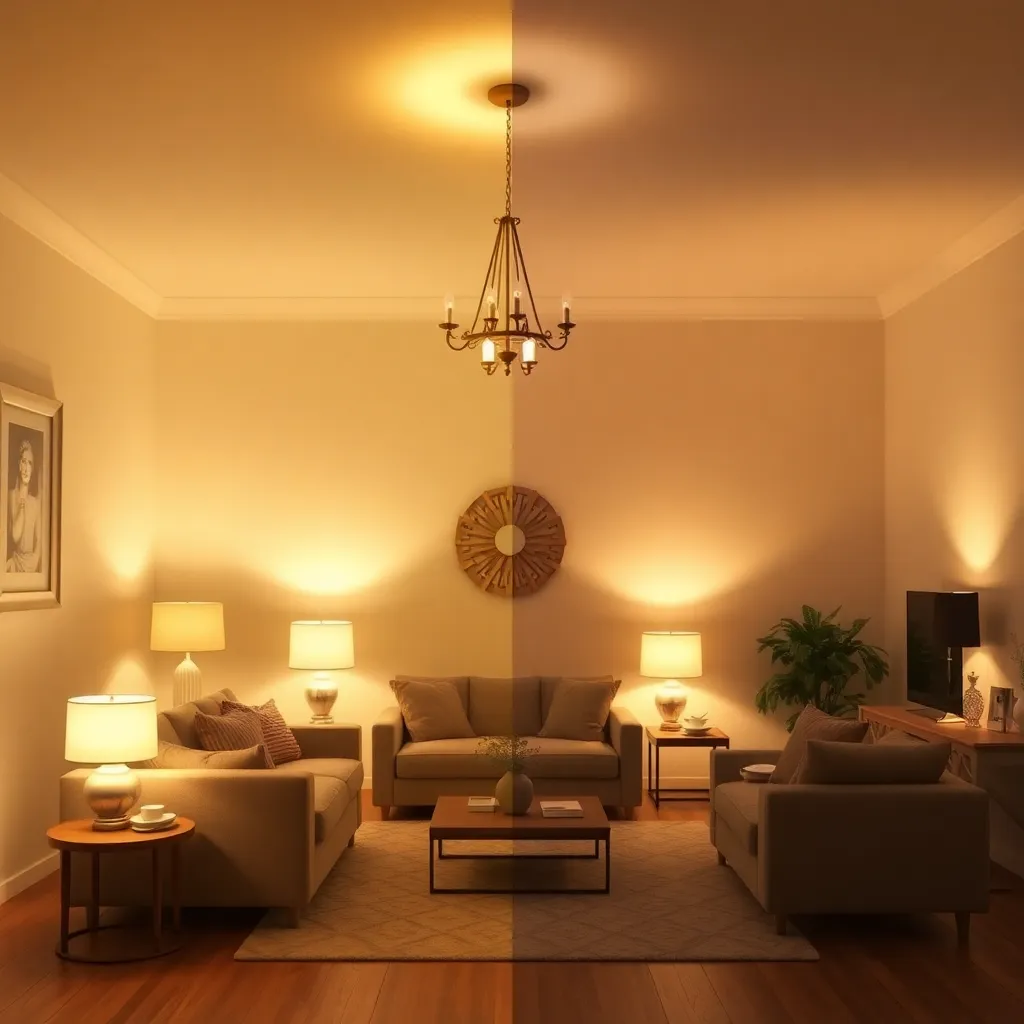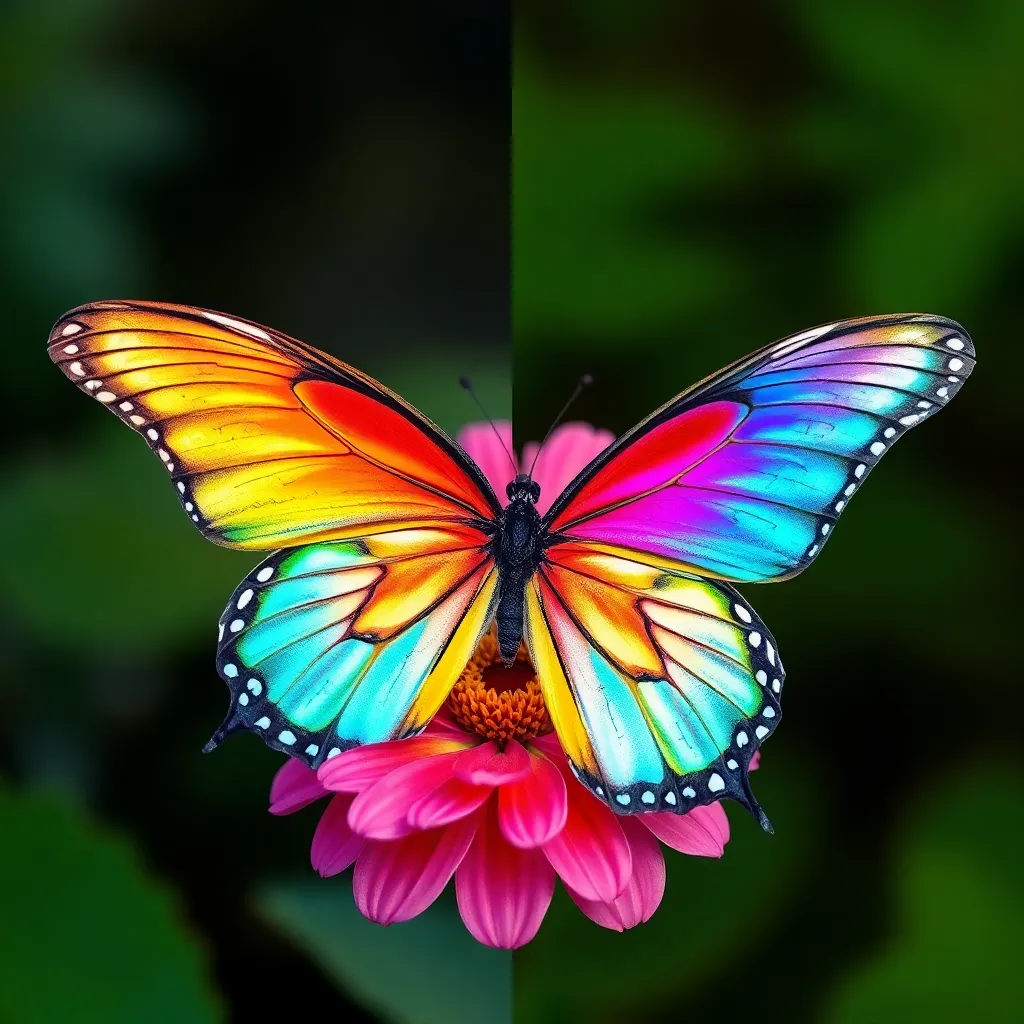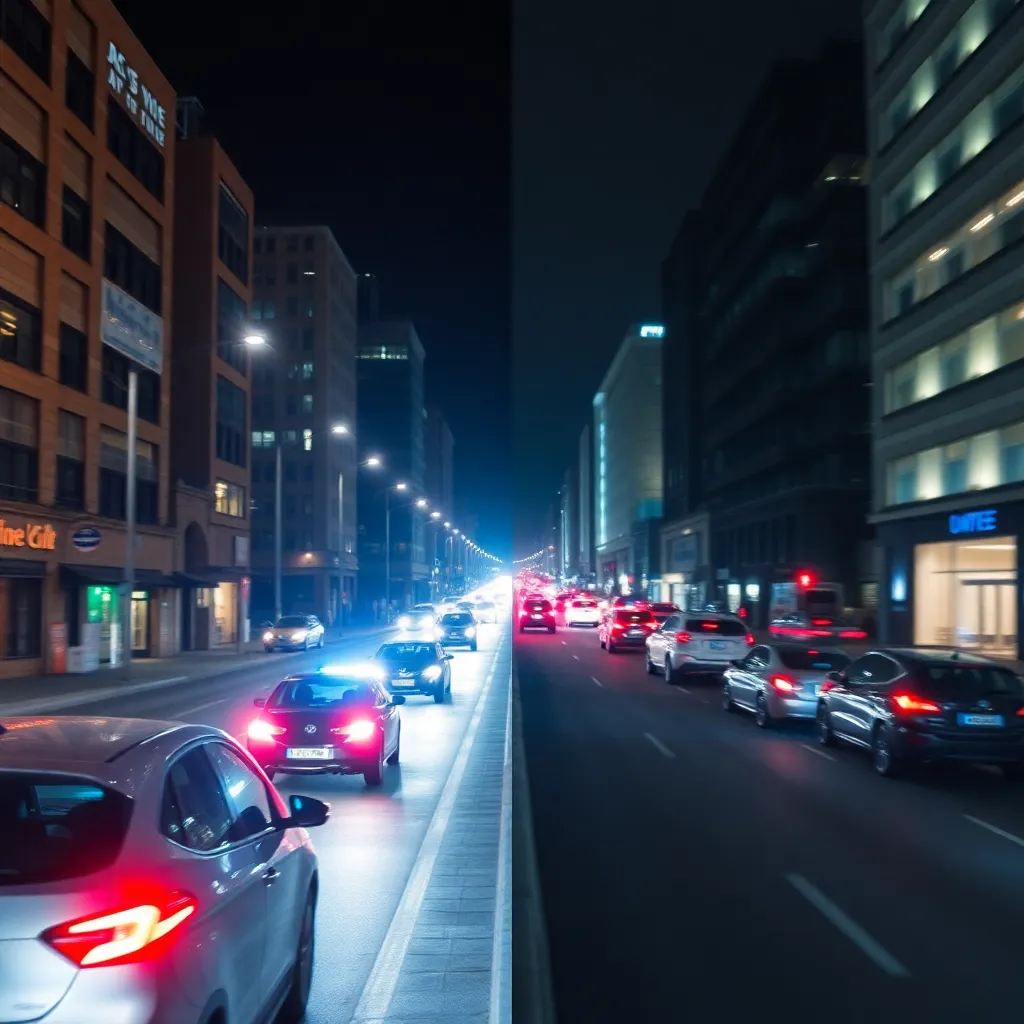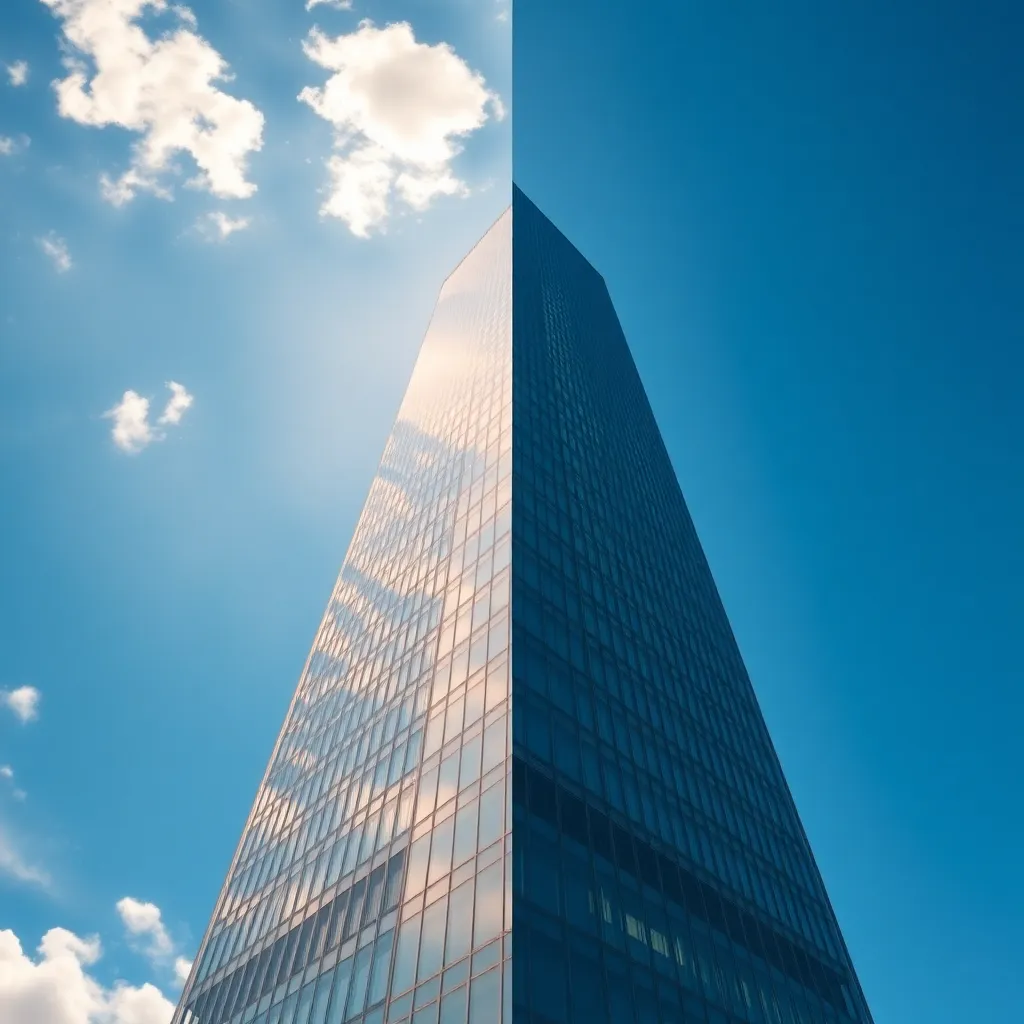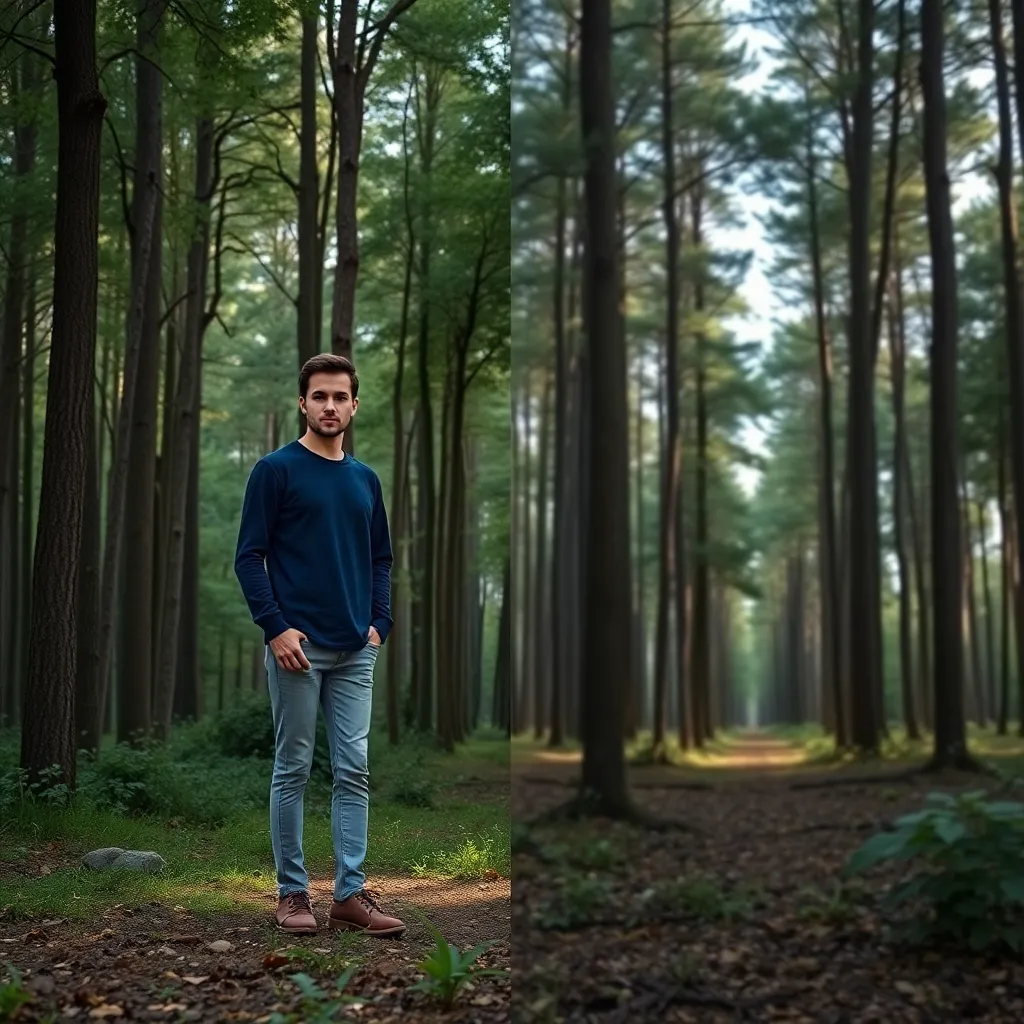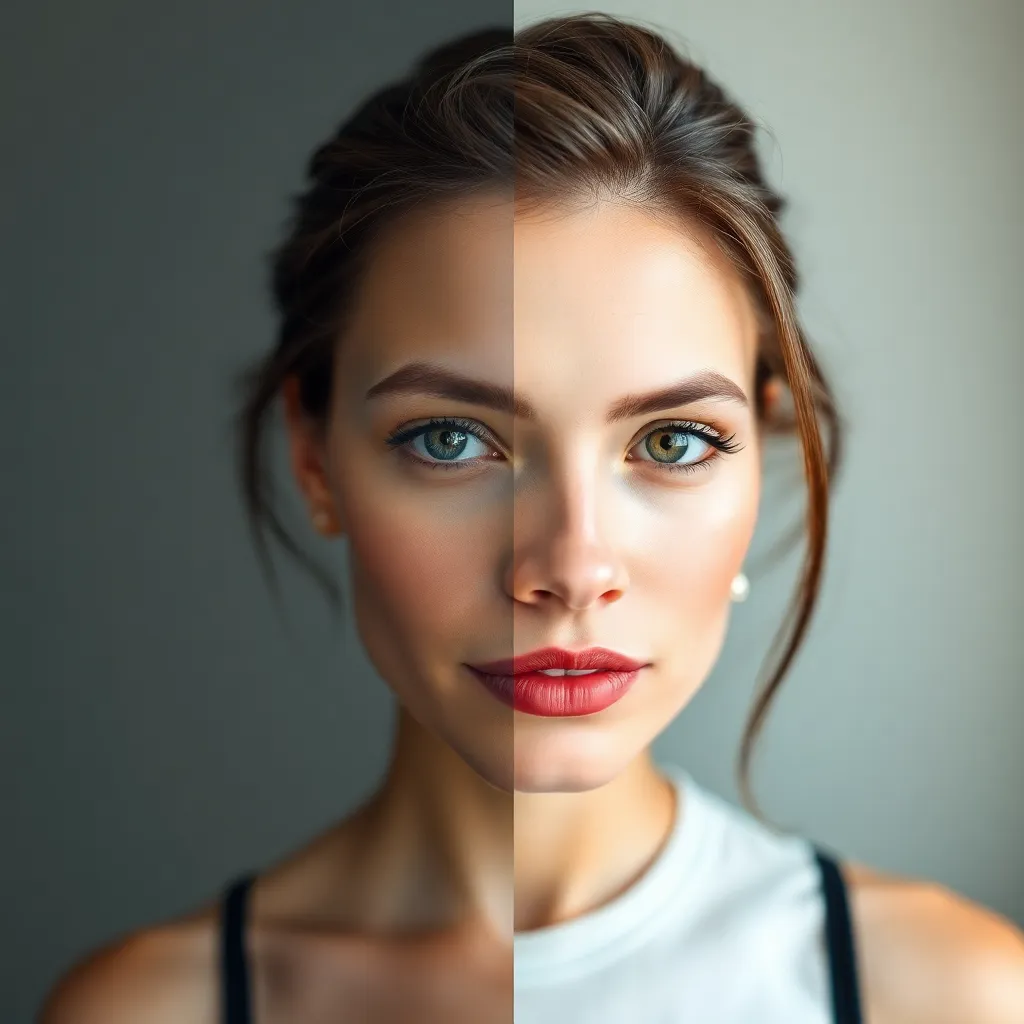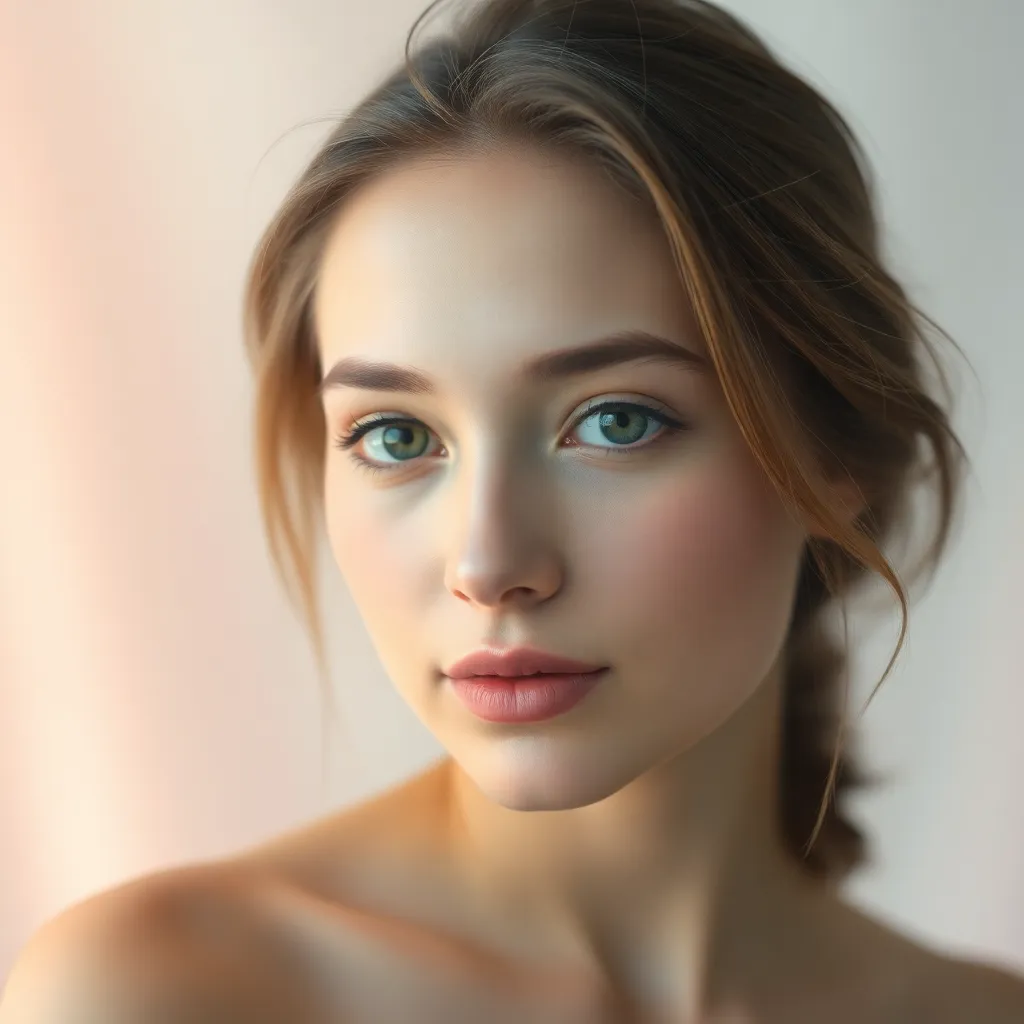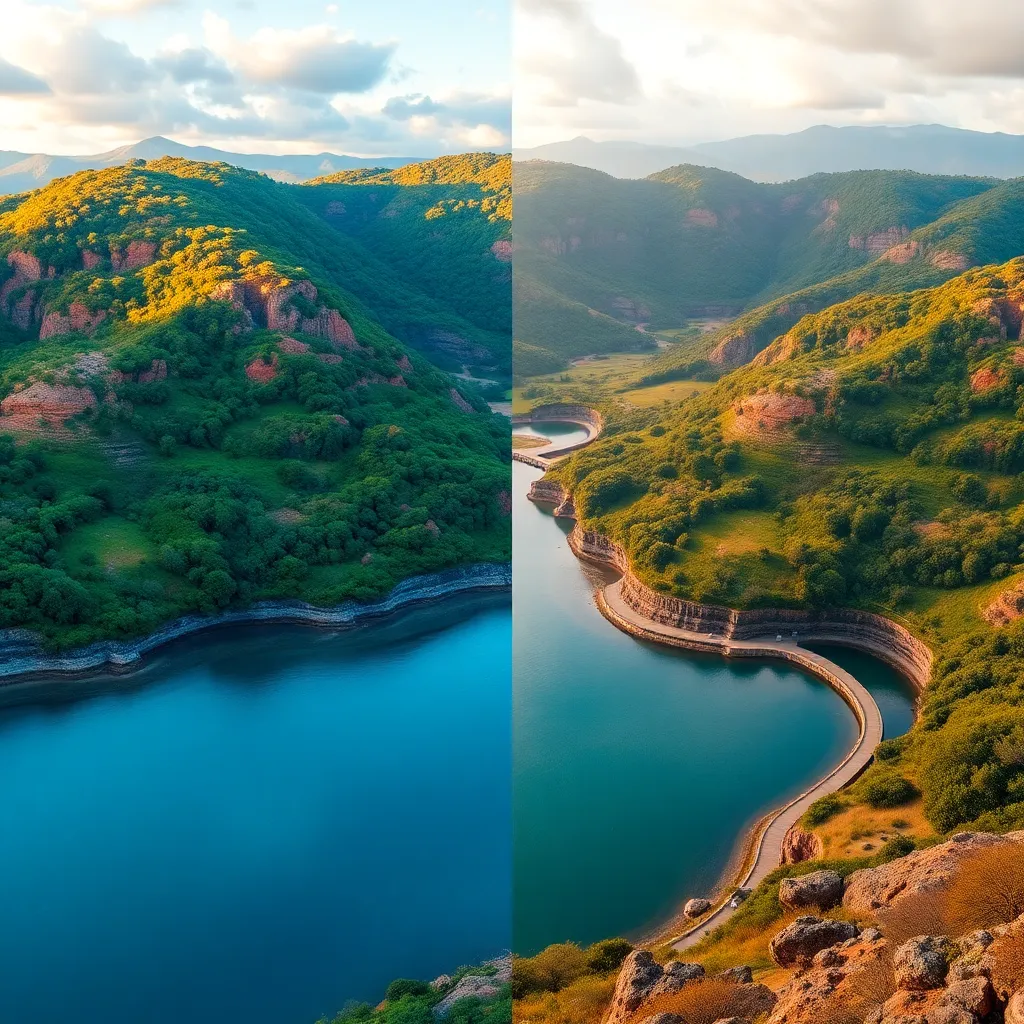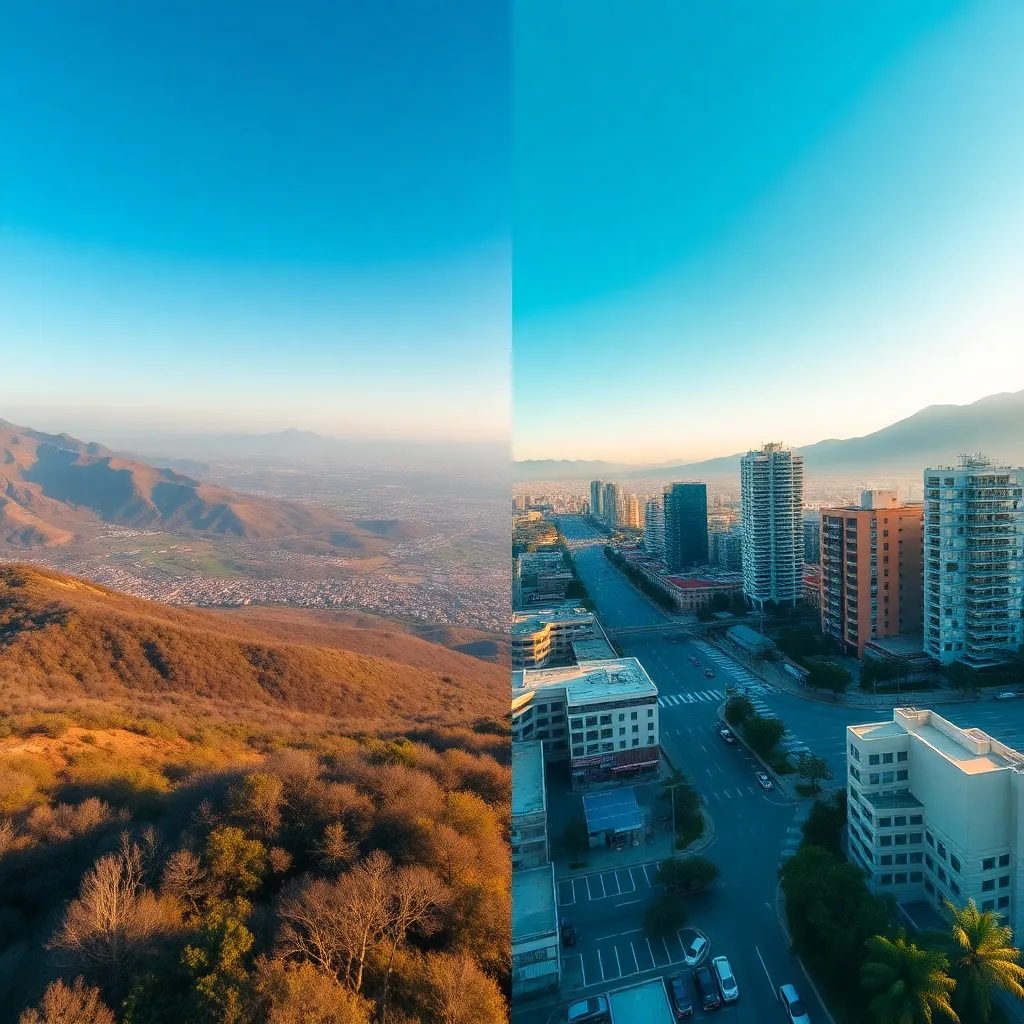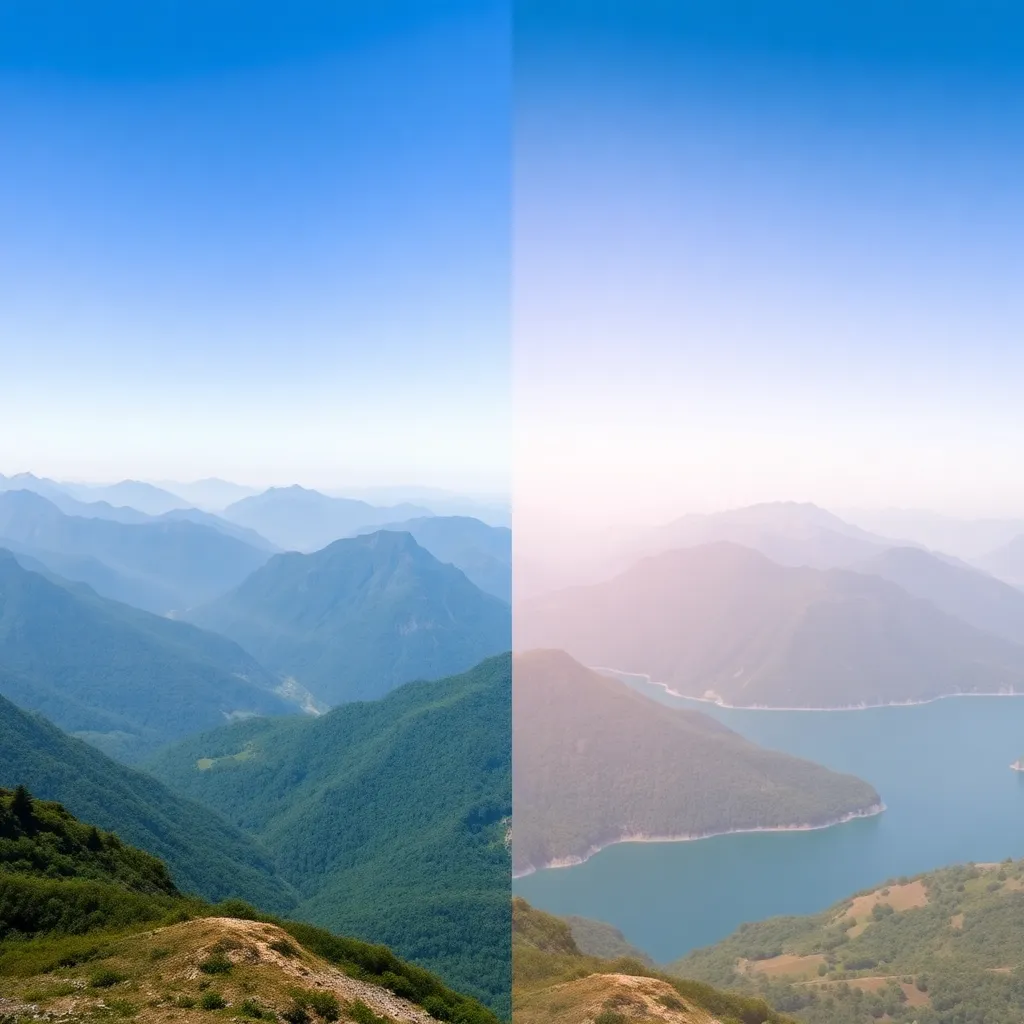
Aerial Effect
The Aerial effect in photography creates dramatic, bird’s-eye views of landscapes, cityscapes, events, and structures. This effect is achieved by capturing imag...
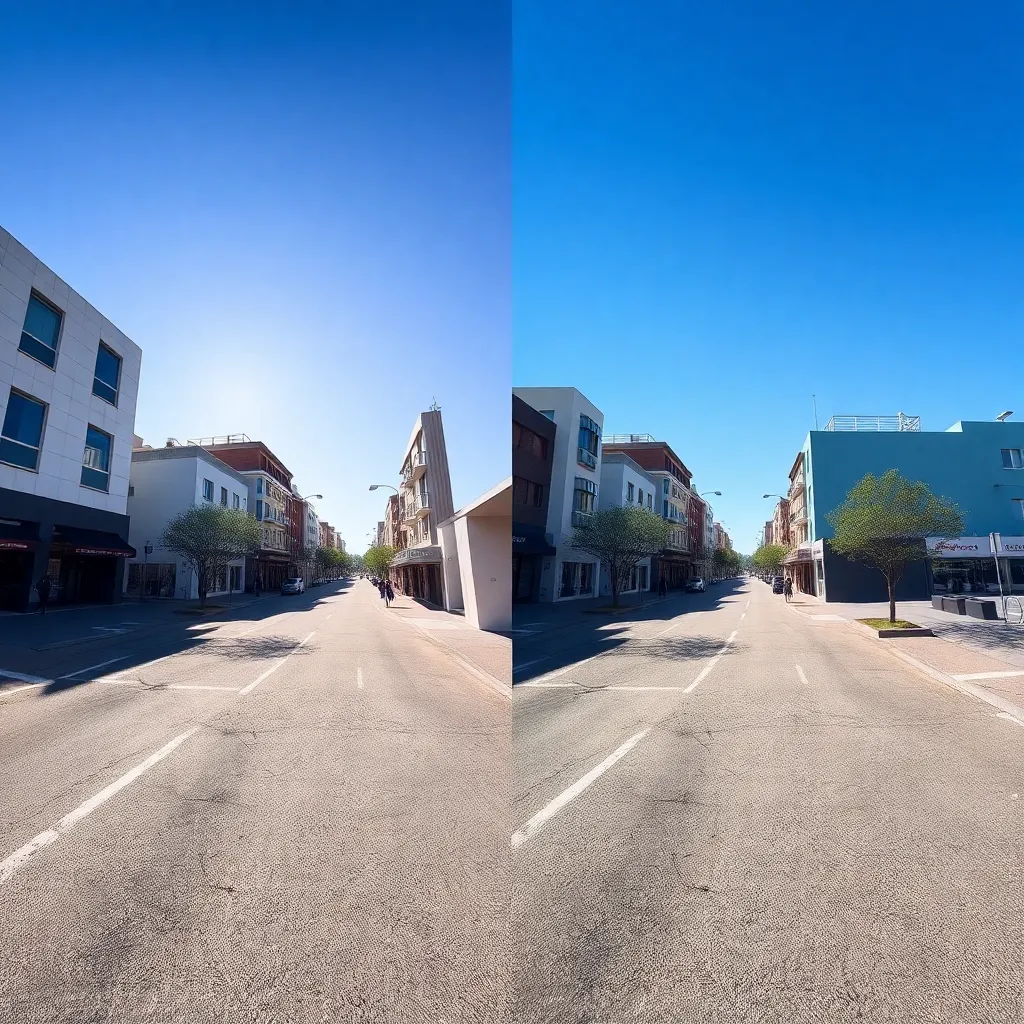
Effect
The Tilt Shot effect, also known as the Dutch Angle, involves tilting the camera to create a slanted horizon. Widely used in action, psychological thrillers, editorial, and sports photography, this effect adds tension, energy, and dynamism to images. It’s favored by creative photographers and filmmakers who want to evoke unease, motion, or a modern edge in their visuals.
Use our Photomatic AI image generator to apply the dramatic Tilt Shot (Dutch Angle) effect to your photos. Our AI technology lets you generate high-impact images with just a few clicks. Try it now and transform your visuals!
Generate Your Own AI Images with the Tilt Shot Effect
The Tilt Shot effect, also known as the Dutch Angle, is a creative camera technique that involves tilting the camera on its roll axis so that the horizon line is no longer level. This off-kilter composition produces a dramatic, dynamic, and sometimes unsettling visual impact. The tilt can range from a subtle slant to a pronounced angle, depending on the desired mood. In still photography and film, the Dutch Angle is used to convey tension, disorientation, energy, or psychological unease, instantly drawing attention to the image’s emotional undertone.
The Tilt Shot effect is a favorite among a wide variety of visual storytellers, including:
Both professionals and ambitious hobbyists use this effect when they want to break away from conventional, level compositions and evoke a strong response from the viewer.
The Tilt Shot effect transforms ordinary scenes by introducing visual tension, movement, and emotional resonance. Here’s how it enhances photography:
The Tilt Shot effect is especially impactful in the following types of photography:
1. Use Sparingly and Purposefully:
Reserve the Tilt Shot for moments when you want to evoke strong emotion or highlight action. Overuse can dilute its impact and make your work look forced.
2. Consider Subject and Background:
Ensure that the angle complements the subject and doesn’t distract from the main message. Use leading lines or prominent features to enhance the tilt’s effect.
3. Maintain Balance Within the Frame:
Even with a tilted horizon, pay attention to the overall composition. Use negative space, color, or light to keep the image visually balanced.
4. Experiment in Post-Processing:
If you didn’t tilt the camera in-camera, try rotating the image slightly in editing software. Crop carefully to maintain composition and avoid awkward empty spaces.
5. Combine with Other Effects:
Pair the tilt with motion blur, dramatic lighting, or bold color grading for even more impact. Layering techniques can make your images stand out.
Conclusion:
The Tilt Shot (Dutch Angle) effect is a powerful creative tool for photographers who want to push visual boundaries and evoke emotion. Whether you’re shooting dynamic action, moody portraits, or edgy editorials, this effect can transform your images and captivate your audience. Use it thoughtfully to add energy, tension, or a contemporary twist to your portfolio.
Use our Photomatic AI image generator to apply the dramatic Tilt Shot (Dutch Angle) effect to your photos. Our AI technology lets you generate high-impact images with just a few clicks. Try it now and transform your visuals!
The Tilt Shot, or Dutch Angle, is a camera technique where the camera is tilted to one side, resulting in a slanted horizon. This visual effect creates a sense of unease, energy, or instability, and is popular in both photography and cinematography.
To create a Tilt Shot, simply tilt your camera left or right while composing your shot, ensuring the horizon is intentionally off-level. You can also simulate the effect in post-production by rotating and cropping the image.
The Tilt Shot is ideal for action scenes, psychological portraits, fashion editorials, sports, crime or suspense scenarios, and dynamic architectural shots. Use it when you want to convey tension, excitement, or a modern edge.
Yes, overusing the tilt can make your images feel gimmicky or disorienting. Use it purposefully to enhance the mood or storytelling, rather than as a default style.
While the Tilt Shot is powerful in certain genres, it may not suit all situations. It’s best used in contexts where you want to evoke emotion, drama, or visual interest. For traditional portraits or landscapes, a level horizon is often preferred.
Give to AI Agents and AI Crews tools to generate images
FlowHunt is much more than an image generation platform. You can automate your image generation process with AI Agents or Crews in AI Studio. Create stunning visuals in seconds, tailored to your needs. Whether you need product photos, marketing visuals, or unique artwork, our platform makes it easy to bring your ideas to life. AI Studio supports wide range of image generation models.
Example usage:
Explore our other effects to enhance your AI generated images
The Aerial effect in photography creates dramatic, bird’s-eye views of landscapes, cityscapes, events, and structures. This effect is achieved by capturing imag...
The Black and White effect transforms color images into grayscale, emphasizing contrast, texture, and composition. This classic effect is beloved in portrait, s...
The Cold Neon effect is a visually striking color grading style that bathes images in cool, electric neon tones—primarily blues, purples, and cyans. This effect...
The Dramatic Effect is a powerful visual technique in photography that intensifies mood, highlights emotion, and creates striking visual impact. Utilizing bold ...
The Flash Effect is a photographic technique where a sudden burst of artificial light is used to illuminate a scene or subject, resulting in high contrast, vivi...
The Gold Glow effect is a radiant visual enhancement that bathes images in warm, golden highlights. Popular in luxury, fashion, branding, product, and fantasy a...
The Golden Hour effect is a sought-after lighting phenomenon in photography, characterized by the warm, soft, and diffused sunlight that occurs shortly after su...
Indoor Light Effect is a photographic and editing technique that enhances images by simulating or accentuating artificial light sources within interior spaces. ...
The Iridescent Effect brings a spectrum of shifting, luminous colors to images, creating a captivating visual experience reminiscent of shimmering soap bubbles,...
Long Exposure is a photographic effect that captures the movement of subjects over a period of time, resulting in striking visuals such as light trails, silky w...
The Low Angle Effect is a powerful photographic technique where the camera is positioned below the subject, looking up. This effect exaggerates height, conveys ...
The Mid Shot effect is a classic photographic composition technique that frames the subject from the waist up. Widely used in portrait, documentary, fashion, an...
The Portrait Effect is a photographic technique that emphasizes the subject by keeping them in sharp focus while artfully blurring the background. This effect, ...
Soft Hue is a color grading effect that adds delicate, pastel-like color tones to images. Widely used in fashion, portrait, and wedding photography, this effect...
The Vibrant Effect is a color enhancement technique that amplifies the saturation, contrast, and brightness of images for a lively, eye-catching result. Popular...
The Wide Shot effect is a powerful photographic technique that captures an expansive field of view, emphasizing the scale and context of a scene. This effect is...
